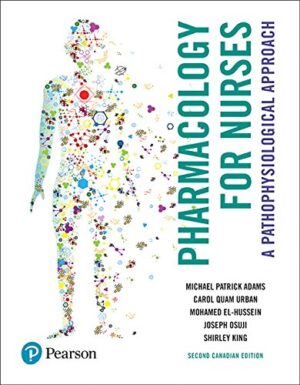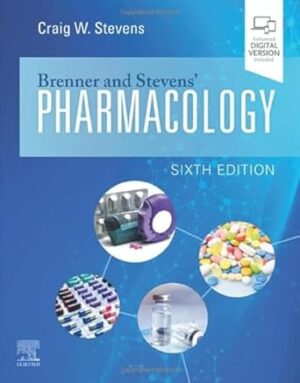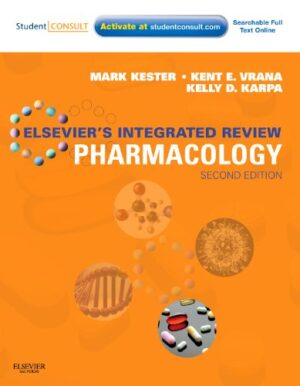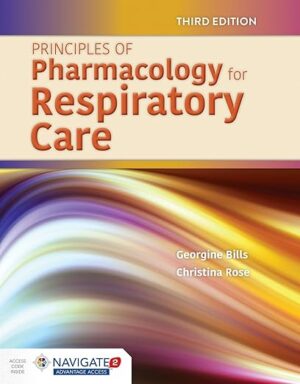Pharmacology and Toxicology of Cytochrome P450 – 60th Anniversary (ISSN)
Pharmacology and Toxicology of Cytochrome P450 – 60th Anniversary, Volume 95 highlights the extensive contributions by worldwide researchers in the cytochrome P450 (P450) field over the past six decades, and since the first article on P450 was published in 1962. Chapters in this new release include Multiple conformations of cytochromes P450 and the relevance to predicting SAR, Pharmacogenetics of the cytochromes P450 and relevance to drug metabolism, Cytochromes P450 drug metabolism within the brain, Mammalian cytochrome P450 biodiversity: Physiological importance, function, and protein and genomic structures of cytochromes P4502B in multiple species of woodrats with different dietary preferences, and more.
Additional section cover Atypical kinetics of cytochrome P450 enzymes in drug metabolism, Biosynthesis using cytochrome P450 Enzymes: focus on synthesis of drug metabolites, Use of engineered cytochrome P450s for accelerating drug discovery and development, Assessing cytochrome P450 function using genetically engineered mouse models, Use of the biologicals with sustainable reproducibility for phenotyping study of cytochrome P450 enzymes involved in the biotransformation of test compounds and calculating the fraction unbound parameter, for anticipating drug Interactions, and much more.
Research on many forms of P450s has been extended into different fields, from molecules to in vivo situations because pharmacologists and toxicologists appreciate and are attracted to the potential therapeutics. The purpose of this volume is to collect a comprehensive description of major progress to date, to discuss possible future directions, and to invite young researchers to join this important and exciting world of P450.
- Comprehensive coverage of major progress in the last 60 years on the P450 research in pharmacology and toxicology
- Discussion of possible future directions of the research on P450s, especially for improved pharmacotherapy in humans
- Encouragement to young scientists to join this important and exciting basic, translational, and advanced world of P450










